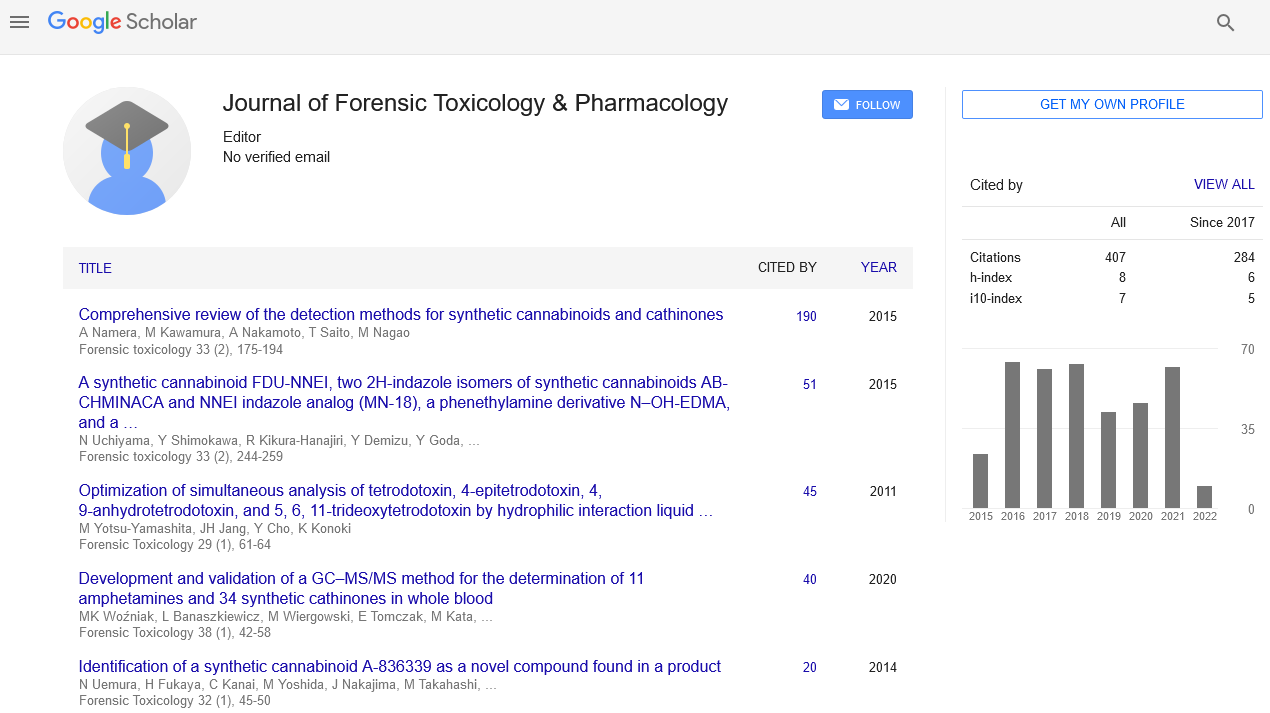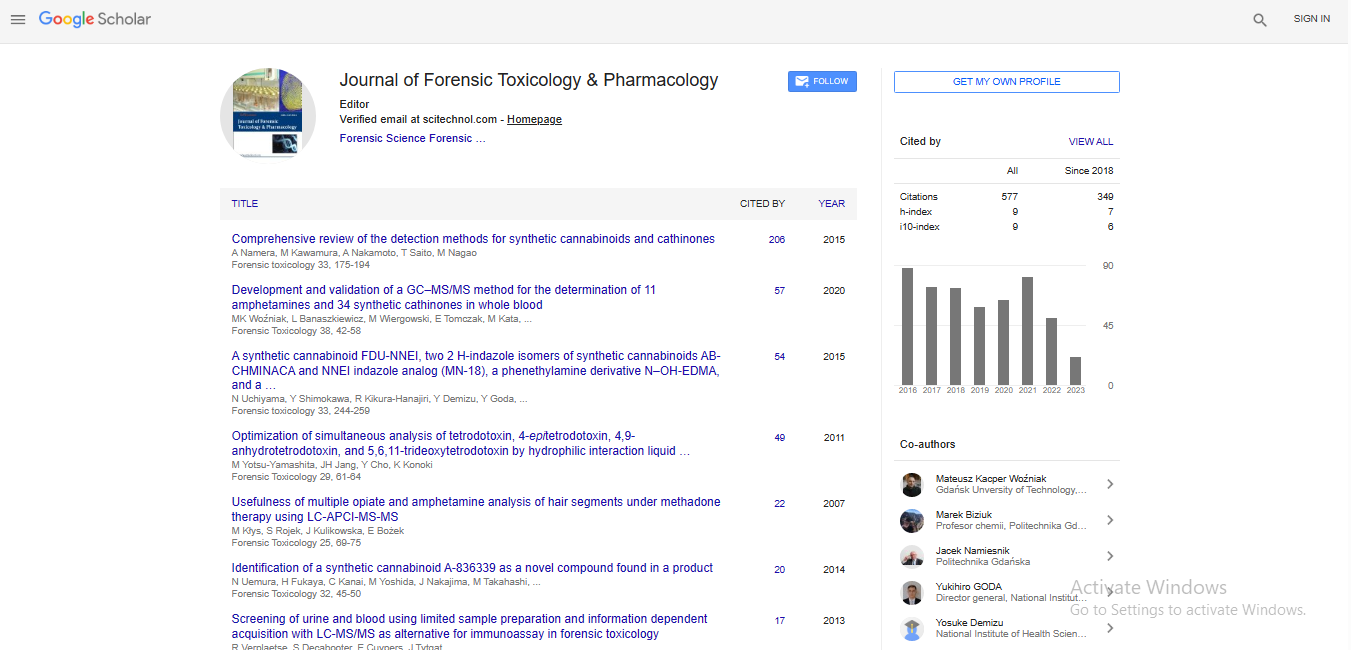Cost-effectiveness of different strategies for treatment relapsing-remitting multiple sclerosis
Aseel Bin Sawad, Enrique Seoane-Vazquez, Rosa Rodriguez-Monguio and Fatema Turkistani
Boston University, USA
Umm Al-Qura University, Saudi Arabia
University of Massachusetts Amherst Amherst, USA
University Medina, Saudi Arabia
: J Forensic Toxicol Pharmacol
Abstract
Aim: To compare the cost–effectiveness of different disease-modifying therapies’ strategies for treatment of relapsing-remitting multiple sclerosis (RRMS) (Figure 1). Methods: A Markov model was developed to assess the cost–effectiveness and incremental cost–effectiveness ratios for different strategies of using disease-modifying therapies from a US third-party payer perspective. All costs were converted to 2014 US$. Results: Over 20 years, the total costs per patient were estimated at US$161,136.60 for Strategy 1 (symptom management [SM] alone), US$551,650.66 for Strategy 2 (SM and IFN-β- 1a), US$703,463.60 for Strategy 3 (SM and natalizumab) and US$670,985.24 for Strategy 4 (SM and alemtuzumab). The accumulated quality-adjusted life years were 10.49, 10.66, 10.69 and 10.71 for each of the four Strategies 1–4, respectively. The resulting incremental cost–effectiveness ratios were 2,297,141.53 comparing Strategy 2 to Strategy 1, and -1,623,918.00 comparing Strategy 4 to Strategy 3. Conclusion: Strategy 1 was the cost-effective strategy for treatment of RRMS when compared with other strategies.
Biography
E-mail: aseel_post@hotmail.com
 Spanish
Spanish  Chinese
Chinese  Russian
Russian  German
German  French
French  Japanese
Japanese  Portuguese
Portuguese  Hindi
Hindi 
